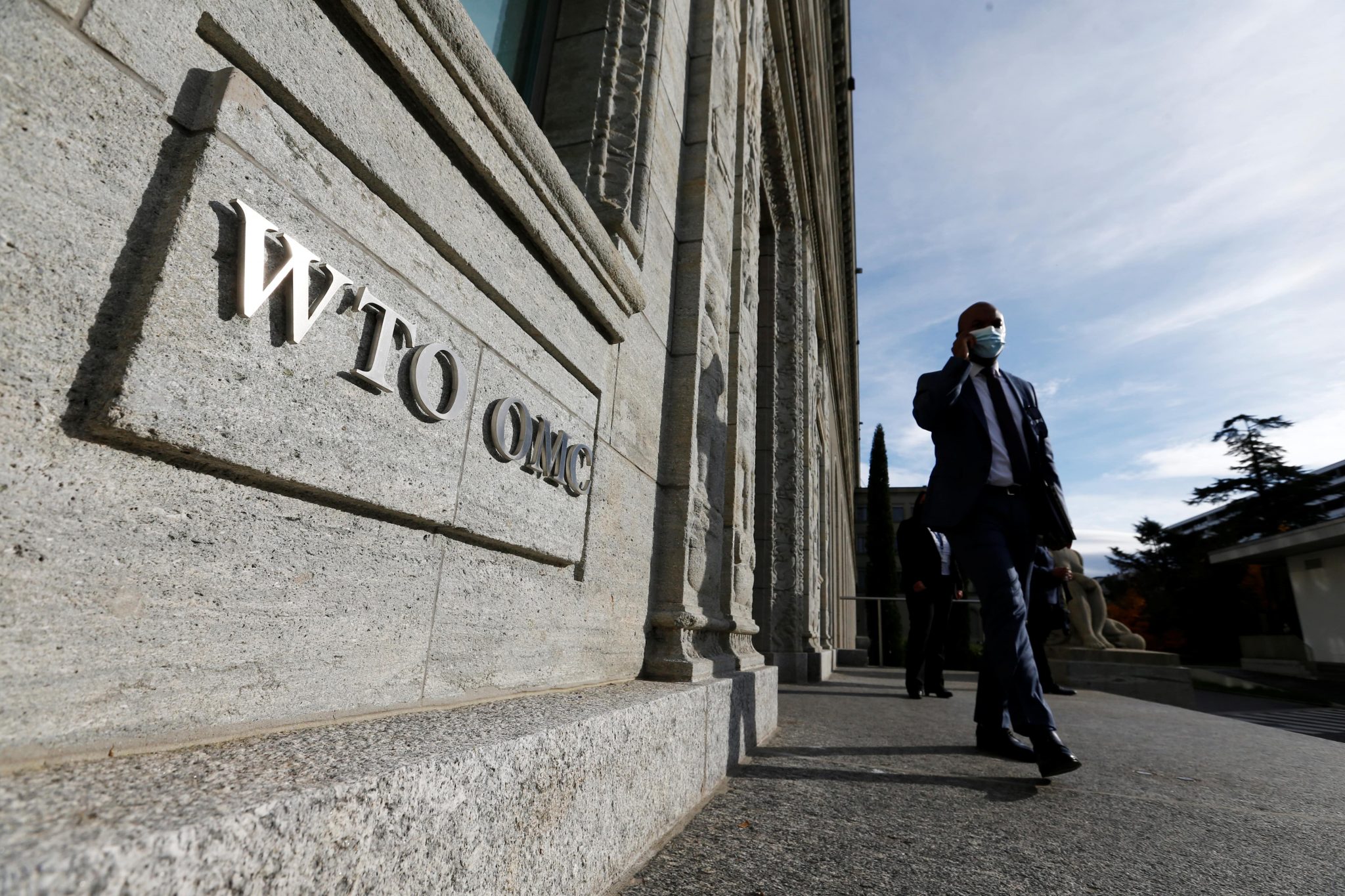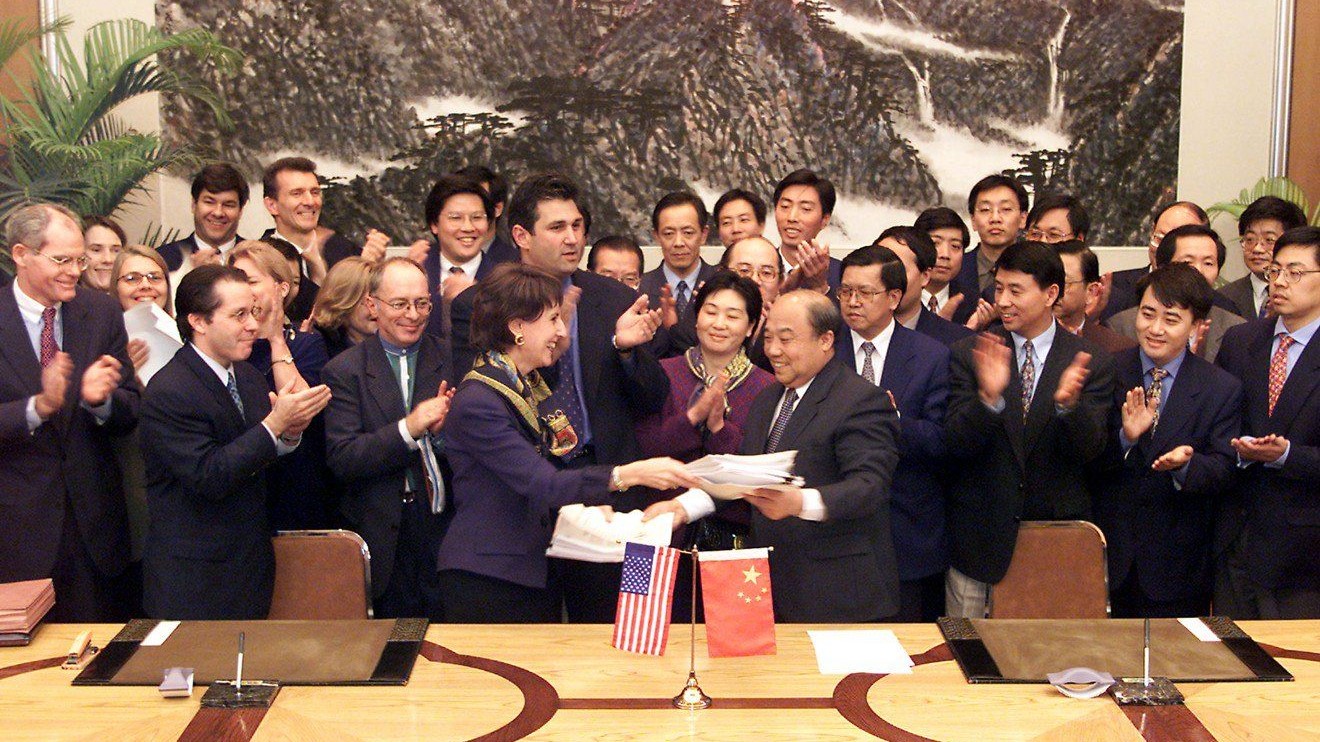After 25 years of putting their faith in multilateral trade governance, both the US and EU are increasingly taking matters into their own hands. The US Trade Representative, Katherine Tai, has reported to Congress that multilateral trade rules in the World Trade Organization (WTO) have proven insufficient to adequately address China’s unfair trade practices and lack of compliance. She is calling for new, unilateral US trade tools to get the job done.
What went wrong?
When the WTO came into being more than a quarter-century ago, the expectation was that the forum and its robust dispute settlement mechanism would be up to the task of addressing any such practices or problems. Individual members would have little need for recourse to unilateral trade tools. There was a new sheriff in town, and the WTO would ensure peace and good order.
It has also become clear that we overestimated both our ability and our willingness to adequately enforce trade rules and trade agreements. Questions about China’s compliance with the terms of its WTO accession agreement are not new. They have been raised since shortly after its admission to the WTO in 2001 and the expiration of the initial 5-year transition period. And yet, more than 15 years later, the system and the individual members which comprise the system have failed to compel China’s compliance on a variety of issues, ranging from notification of subsidies to market access and non-tariff barriers. This reflects both intuitional shortcomings in the dispute mechanism itself – cases can drag on without definitive resolution – as well as a lack of sufficient willpower to forcefully and effectively press the case.
It is unclear exactly what these new tools might look like. However, it’s a safe bet that they will vest greater discretionary authority in the executive branch to determine when commitments have not been implemented or predatory practices have been employed. Presumably, if subsequent consultations failed to yield progress, there would be a “stick” of some kind, be it tariffs or other forms of restrictions, barriers, or sanctions.
Unlike existing US trade remedy laws, which were crafted for a previous generation of trade abuses, any new tools would be tailored more directly to current day realities. According to the USTR report, "China pursues unfair policies and practices that were not contemplated when many of the U.S. trade statutes were drafted decades ago, and we are therefore exploring ways in which to update our trade tools to counter them." As a practical matter, that means they would be designed to address the distortions created by non-market economies.
Although no country is explicitly referenced, it would be hard not to notice that China engages in many of the practices the instrument purports to address. China’s efforts to economically coerce Australia for suggesting an inquiry into the origins of Covid-19 or trade restrictions applied to Lithuania over its relations with Taiwan are only two recent examples.
A sign of things to come?
At the founding of the modern global trade system in 1948, and even more so with the establishment of the WTO, the international community envisioned a single set of global trade rules enforced by an effective multilateral dispute settlement system. That simply hasn’t happened.
The US and EU wholeheartedly placed their faith in global trade governance. They now recognize the need for a somewhat different approach. Although neither the WTO nor multilateral trade rules will disappear, the US and EU are becoming more proactive in asserting their individual prerogative and their capacity to take unilateral actions in cases where the global system comes up short. In many instances, this will be exactly what is needed and should be welcomed. There remains the danger that the ability and willingness to take self-judging unilateral actions could lead to abuses. Despite the risks, expect these actions to continue and intensify in the years to come.
[i] https://ustr.gov/sites/default/files/enforcement/WTO/2021%20USTR%20Report%20to%20Congress%20on%20China's%20WTO%20Compliance.pdf
[ii] https://ec.europa.eu/commission/presscorner/detail/en/ip_21_6642
[iii] https://ec.europa.eu/commission/presscorner/detail/en/qanda_21_664
© The Hinrich Foundation. See our website Terms and conditions for our copyright and reprint policy. All statements of fact and the views, conclusions and recommendations expressed in this publication are the sole responsibility of the author(s).





